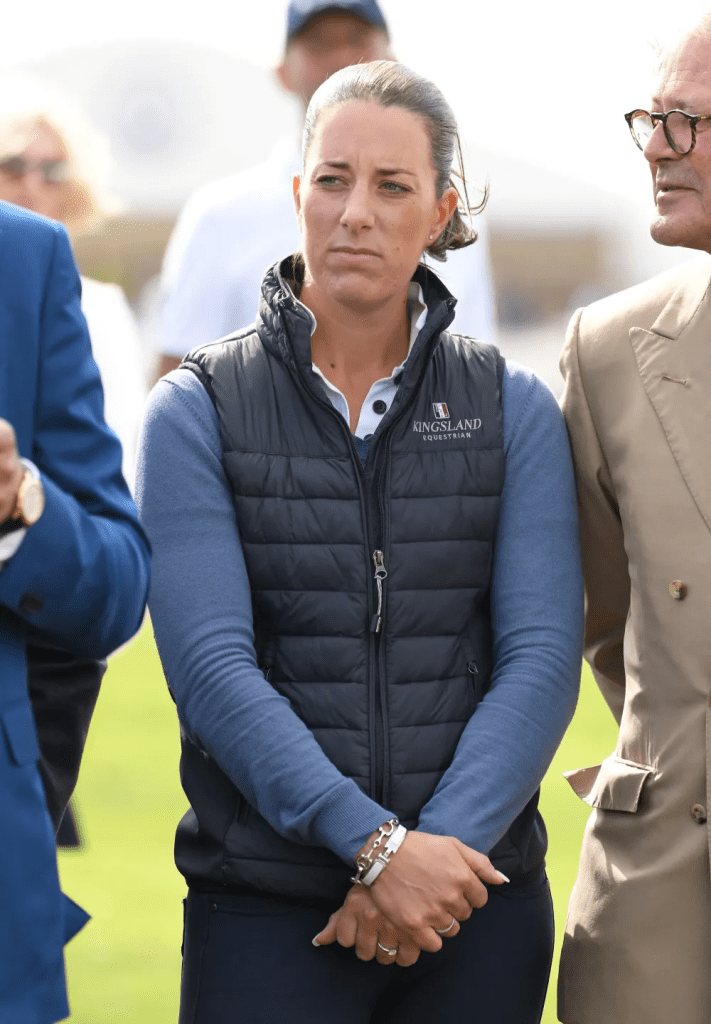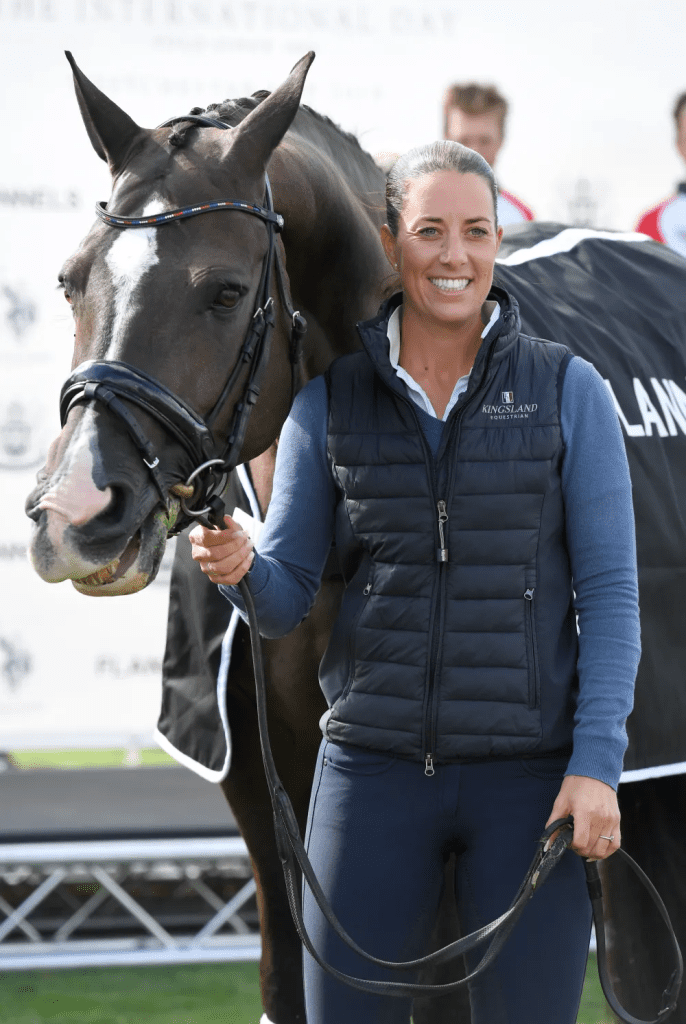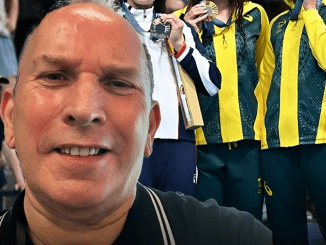In the high-stakes world of equestrian sports, reputation is everything. For years, British dressage champion Charlotte Dujardin had carefully cultivated an image of grace, poise, and impeccable horsemanship. But in a shocking turn of events, that carefully crafted persona has come crashing down, as allegations of animal abuse have forced Dujardin to withdraw from the upcoming 2024 Paris Olympics.
The news has sent shockwaves through the equestrian community, leaving many to wonder how a celebrated athlete could have fallen so far. In this in-depth article, we’ll delve into the heart of the scandal, explore the consequences Dujardin now faces, and examine the broader implications for the sport of dressage.
It all began with a viral video, captured four years ago but only recently surfacing. The footage, shared by a former student, purportedly shows Dujardin repeatedly striking one of her horses with a whip during a training session. The alleged incident, which has been described as “like an elephant in the circus,” has sparked outrage and an investigation by the International Federation for Equestrian Sports (FEI).

Charlotte Dujardin Karwai Tang/WireImage
Dujardin, who has won a total of six Olympic medals throughout her storied career, has taken full responsibility for her actions, acknowledging that her behavior was “completely out of character” and does not reflect her typical training methods. In a heartfelt apology posted to social media, the 39-year-old equestrian expressed her deep shame and devastation at having “let everyone down.”
The aftermath of the scandal has been swift and severe. Dujardin has made the decision to withdraw from the 2024 Paris Olympics, a move that effectively ends her chances of adding to her impressive medal collection. The FEI, the governing body of equestrian sports, has also launched a formal investigation into the incident, leaving Dujardin’s future in the sport uncertain.
Beyond the personal implications for Dujardin, the scandal has broader ramifications for the sport of dressage. Equestrian events have long been criticized for their treatment of horses, and this latest incident has only served to amplify those concerns. The FEI’s swift and decisive action in addressing the allegations against Dujardin is a clear signal that the organization is taking the issue of animal welfare seriously.
The Charlotte Dujardin scandal has reignited a long-simmering debate within the equestrian community about the ethical treatment of horses. While the vast majority of trainers and competitors are committed to the well-being of their equine partners, instances of abuse and mistreatment have continued to surface, casting a shadow over the sport.

As the world watches the unfolding drama, there is a growing call for a comprehensive re-evaluation of training methods, competition rules, and oversight. Equestrian organizations must grapple with the delicate balance between high-performance competition and the humane treatment of horses, lest they risk further erosion of public trust.
The fallout from the Dujardin scandal has the potential to reshape the landscape of dressage, a discipline that has long been dominated by a handful of elite athletes. As the sport grapples with the ethical implications of this crisis, there may be a renewed focus on developing a more holistic approach to training and competition.
This could include greater emphasis on the emotional and physical well-being of the horses, more stringent oversight and accountability measures, and a willingness to confront and address instances of abuse, no matter the stature of the offender. By embracing these changes, the dressage community has the opportunity to emerge from this scandal with a renewed sense of purpose and a deeper commitment to the well-being of its equine partners.
The fall of Charlotte Dujardin is a stark reminder that even the most celebrated athletes are not immune to the consequences of their actions. In the wake of this scandal, the equestrian community finds itself at a crossroads, forced to confront the ethical challenges that have long lurked beneath the surface of the sport.
As the FEI investigation continues and Dujardin’s future hangs in the balance, the world will be watching to see how the dressage community responds. Will this crisis be a catalyst for meaningful change, or will it simply be a fleeting moment of reckoning before the status quo reasserts itself? The answers to these questions will not only shape the legacy of Charlotte Dujardin but also the very future of the sport she once dominated.


